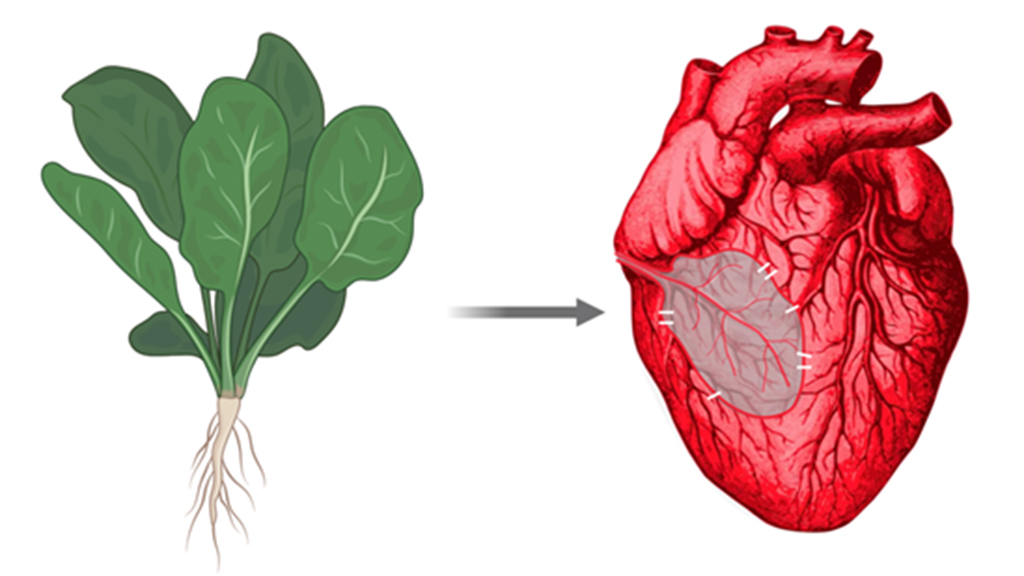Abstract
In this case study, students assume the role of new recruits to a fictional biomedical research company investigating the use of decellularized plant tissues as scaffolds for regenerating human tissues for medical research or treatment. Students work in small groups to answer questions and complete activities related to plant cell wall composition, plant tissue decellularization methods, and structural similarities between plant and human tissues, with the goal of describing an experimental proposal for creating a tissue scaffold with specific application in medical research or treatment. The case is designed for a “flipped” classroom in which students watch a brief video and read a review article with associated assessment questions before engaging with the case in class. The case was designed for an upper-division biology course in cell biology, biotechnology, or economic and cultural botany. It could also be adapted for use in a histology course or other courses with a focus on plant structure and function.



